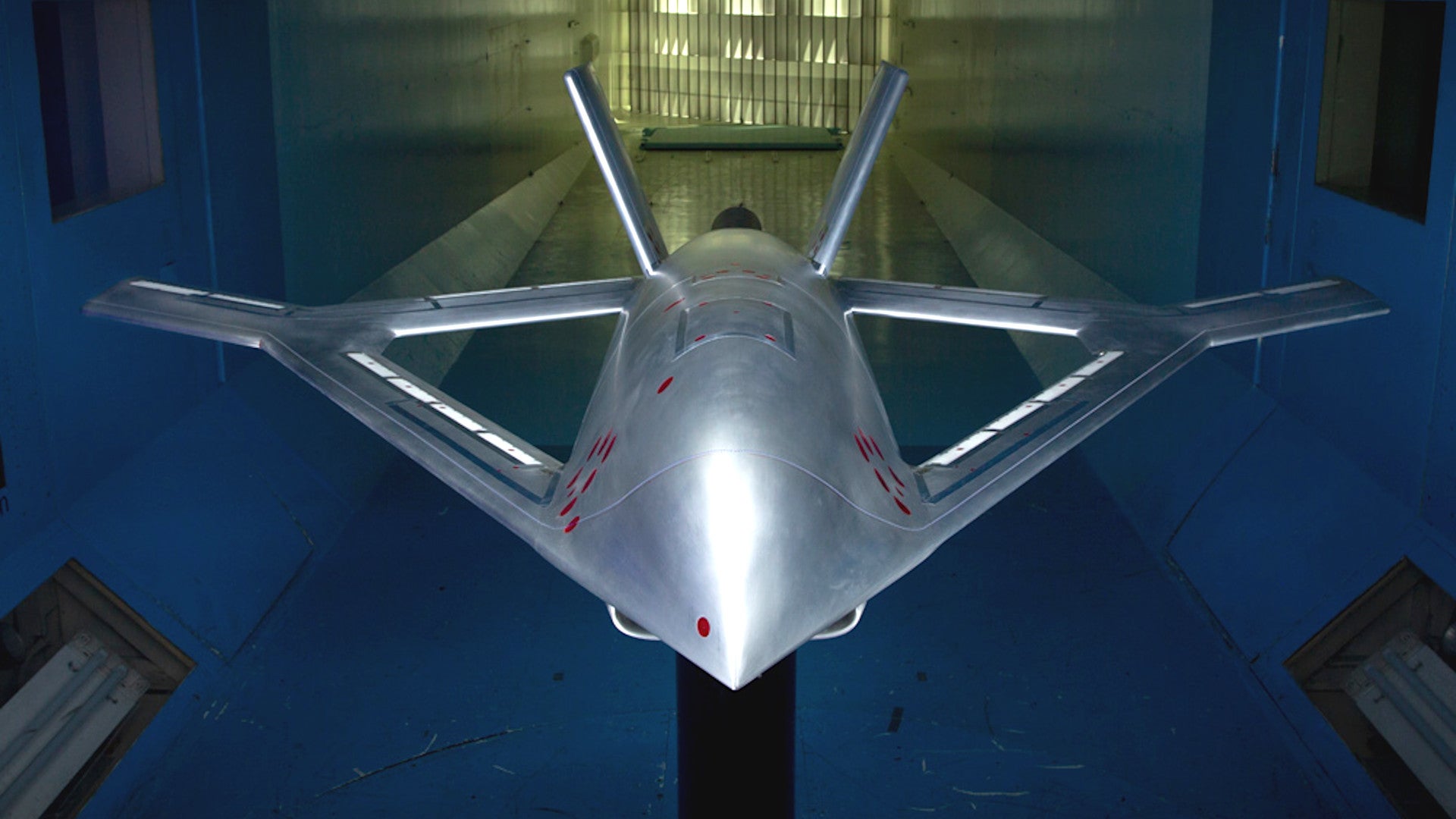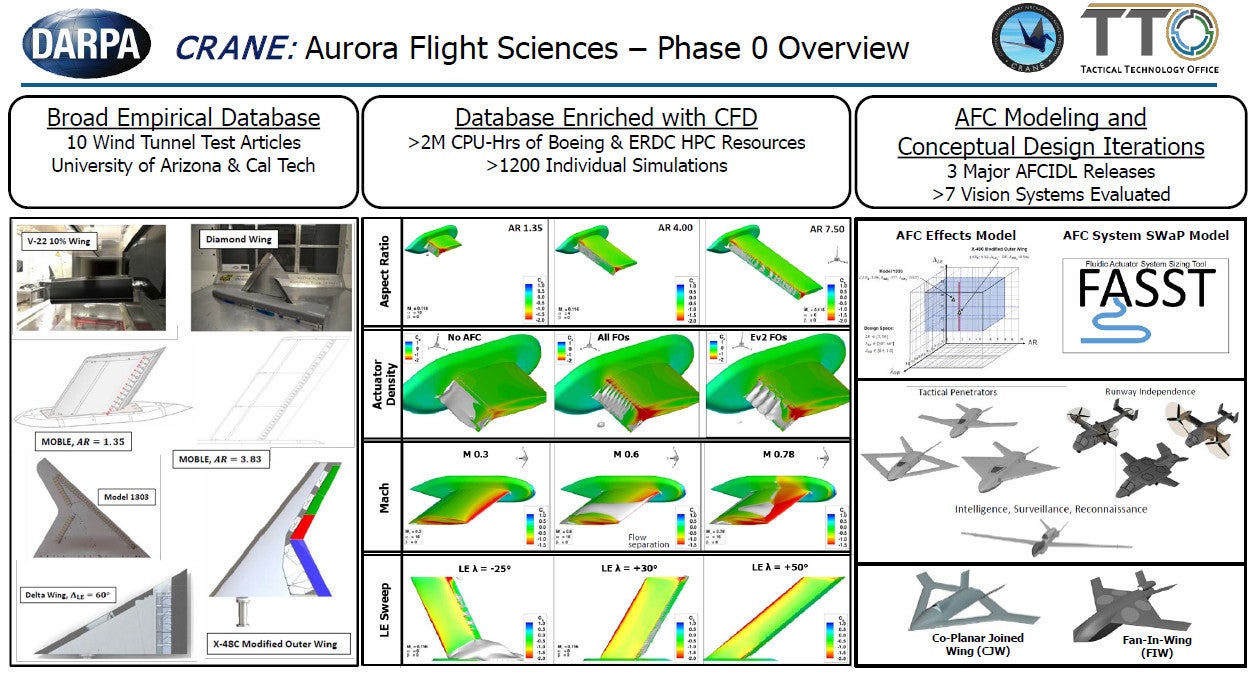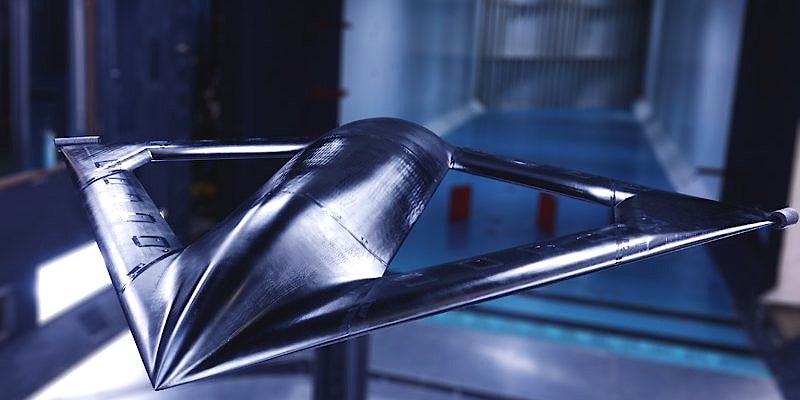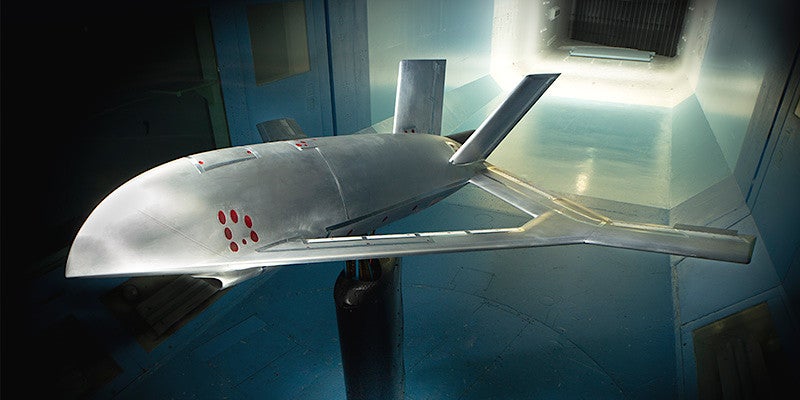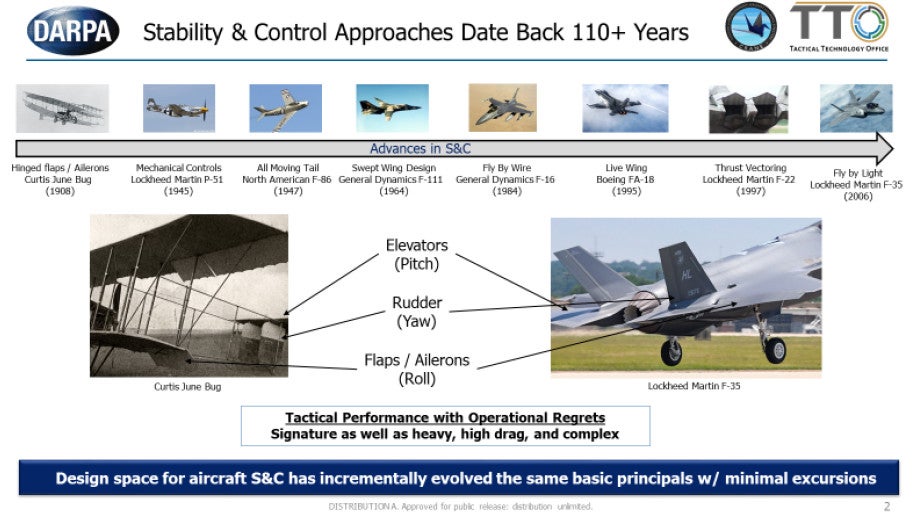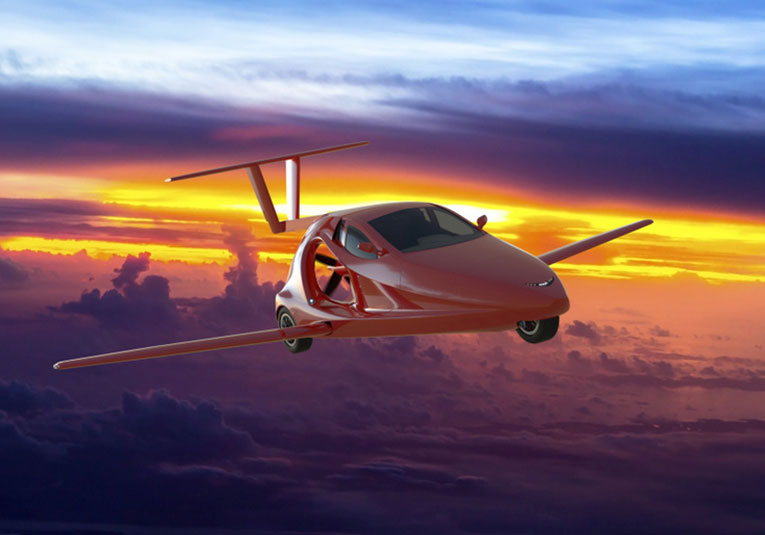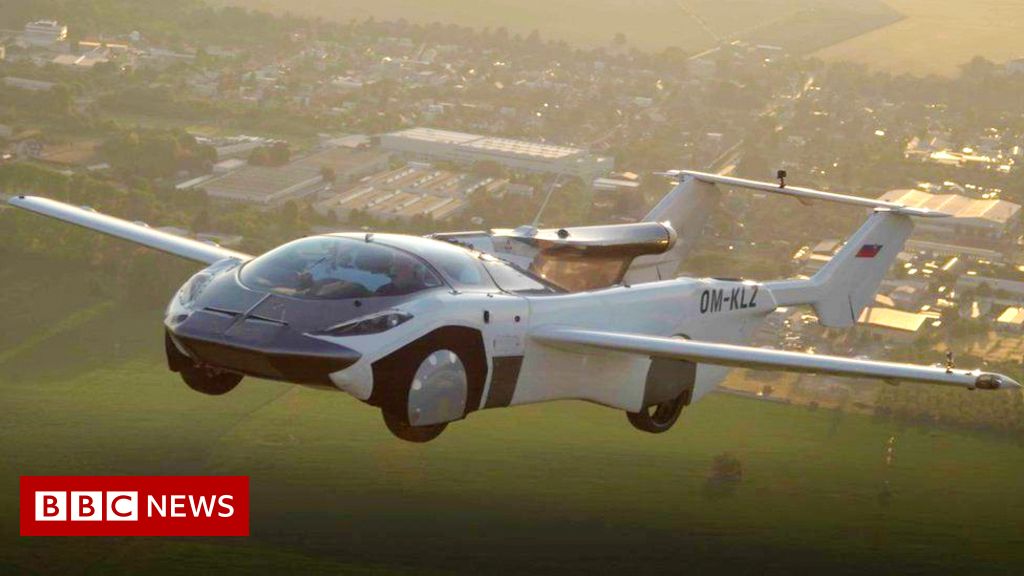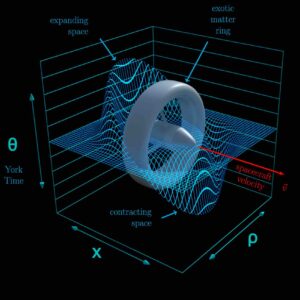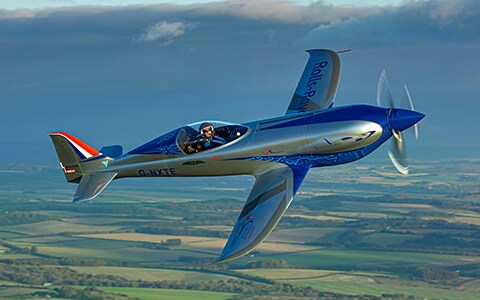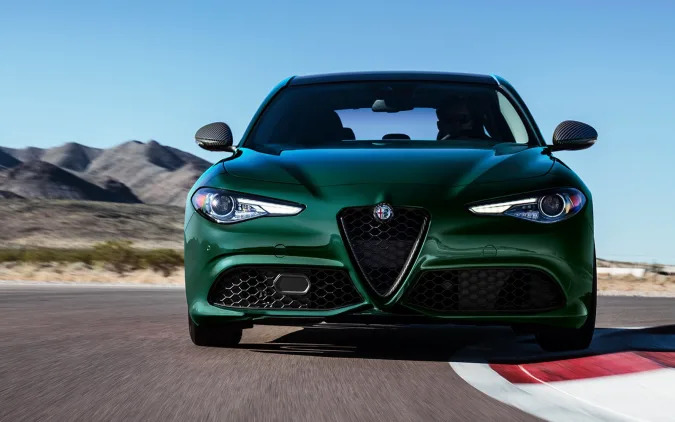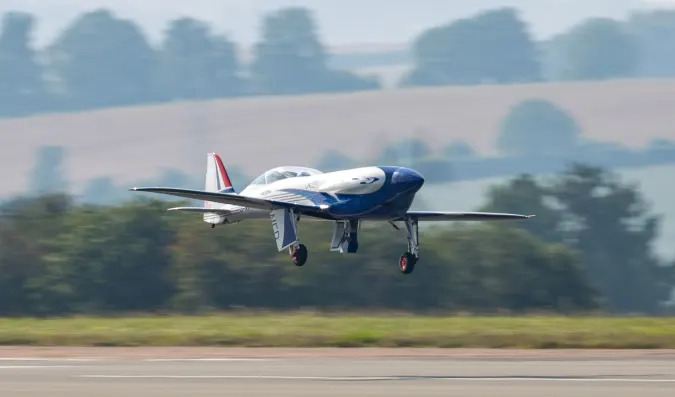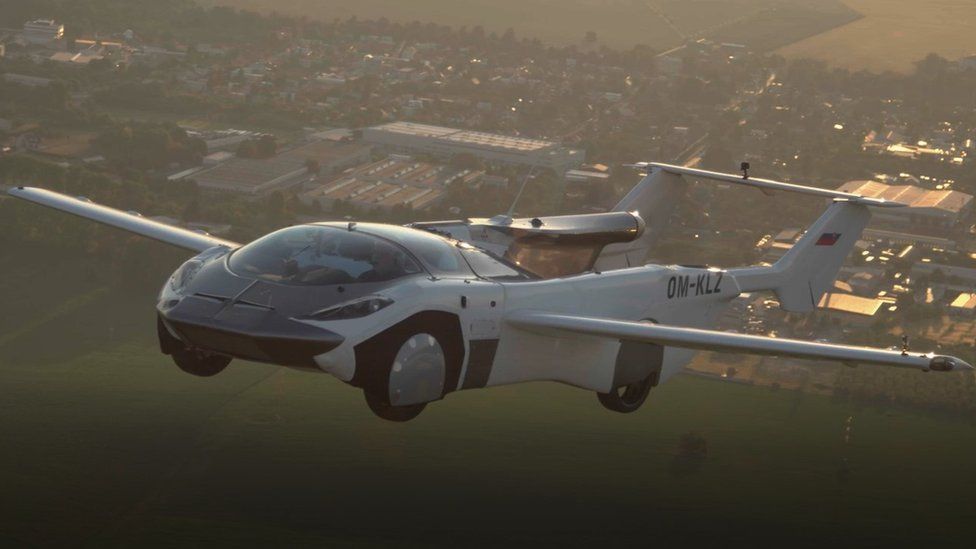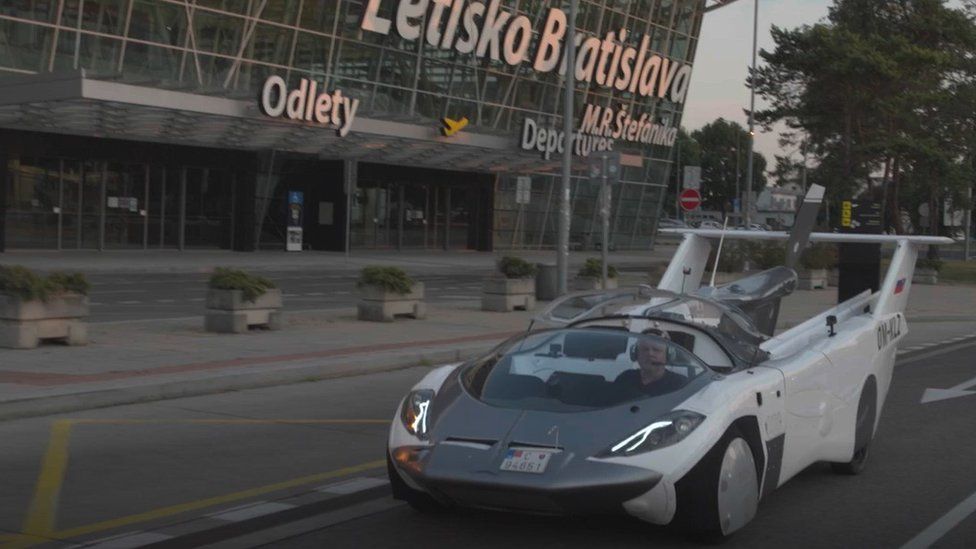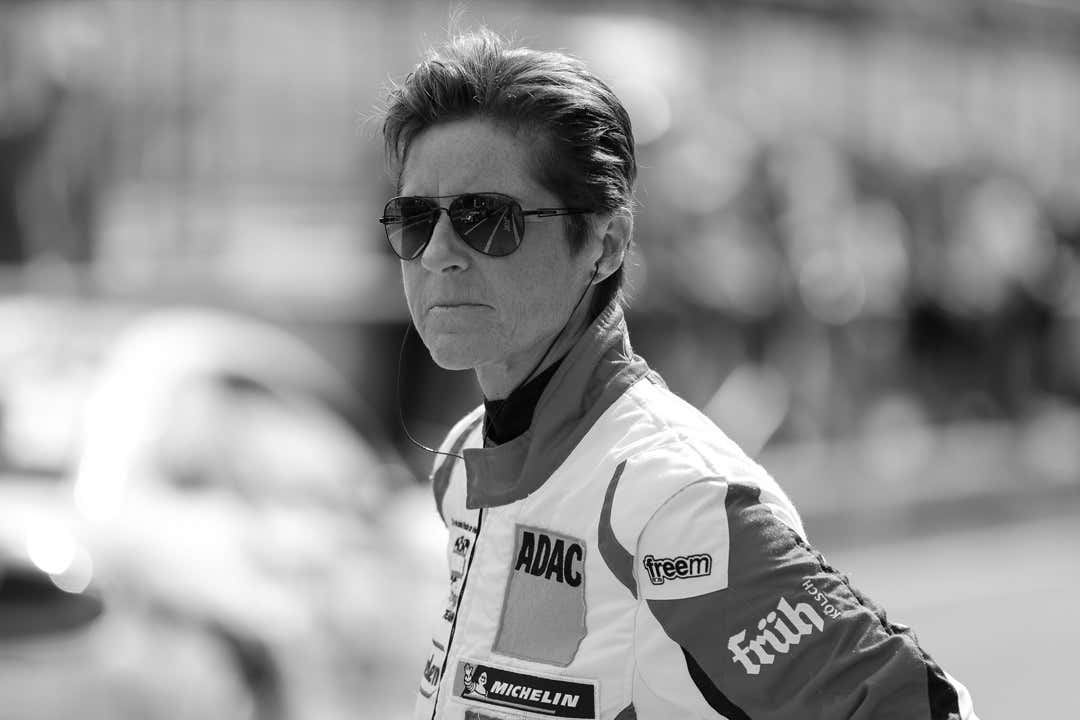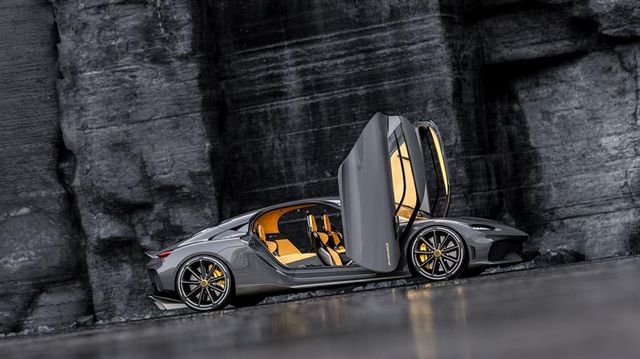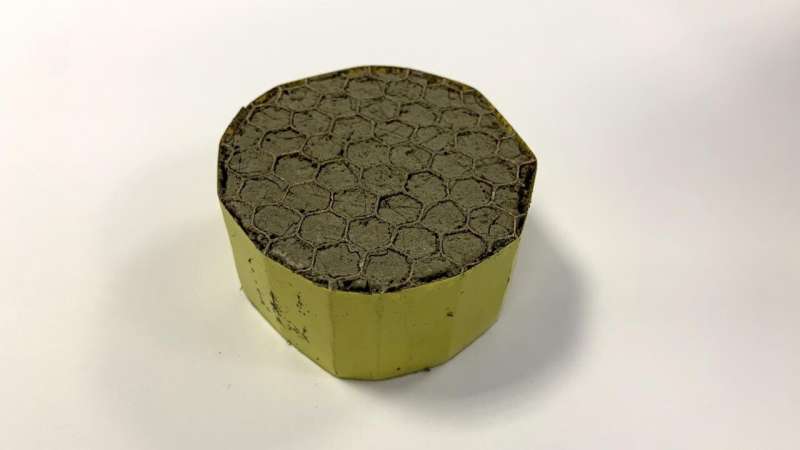A wearable ultrasound imager for the heart that is roughly the size of a postage stamp, can be worn for up to 24 hours, and works even during exercise may one day help doctors spot cardiac problems that current medical technology might miss, a new study finds.
Heart disease is the leading cause of death among the elderly, and is increasingly becoming a problem among those who are younger as well because of unhealthy diets and other factors. The signs of heart disease are often brief and unpredictable, so long-term cardiac imaging may help spot heart anomalies that might otherwise escape detection.
For instance, patients with heart failure may at times seem fine at rest, “as the heart sacrifices its efficiency to maintain the same cardiac output,” says study colead author Hongjie Hu, a nanoengineer at the University of California, San Diego. “Pushing the heart towards its limits during exercise can make the lack of efficiency become apparent.”
In addition, the heart can quickly recover from problems it may experience during exercise. This means doctors may fail to detect these issues, since cardiac imaging conventionally happens after exercise, not during it, Hu says.
[…]
Now scientists have developed a wearableultrasound device that can enable safe, continuous, real-time, long-term, and highly detailed imaging of the heart. They detailed their findings online on 25 January in the journal Nature.
[…]
The new device is a patch 1.9 centimeters long by 2.2 cm wide and only 0.9 millimeters thick. It uses an array of piezoelectric transducers to send and receive ultrasound waves in order to generate a constant stream of images of the structure and function of the heart. The researchers were able to get such images even during exercise on a stationary bike. No skin irritation or allergy was seen after 24 hours of continuous wear.
[…]
The new patch is about as flexible as human skin. It can also stretch up to 110 percent of its size, which means it can survive far more strain than typically experienced on human skin. These features help it stick onto the body, something not possible with the rigid equipment often used for cardiac imaging.
[…]
Traditional cardiac ultrasound imaging constantly rotates an ultrasound probe to analyze the heart in multiple dimensions. To eliminate the need for this rotation, the array of ultrasound sensors and emitters in the new device is shaped like a cross so that ultrasonic waves can travel at right angles to each other.
The scientists developed a custom deep-learning AI model that can analyze the data from the patch and automatically and continuously estimate vital details, such as the percentage of blood pumped out of the left ventricle with each beat, and the volume of blood the heart pumps out with each beat and every minute. The root of most heart problems is the heart not pumping enough blood, issues that often manifest only when the body is moving, the researchers note.
[…]
Source: Wearable Ultrasound Patch Images the Heart in Real-Time

